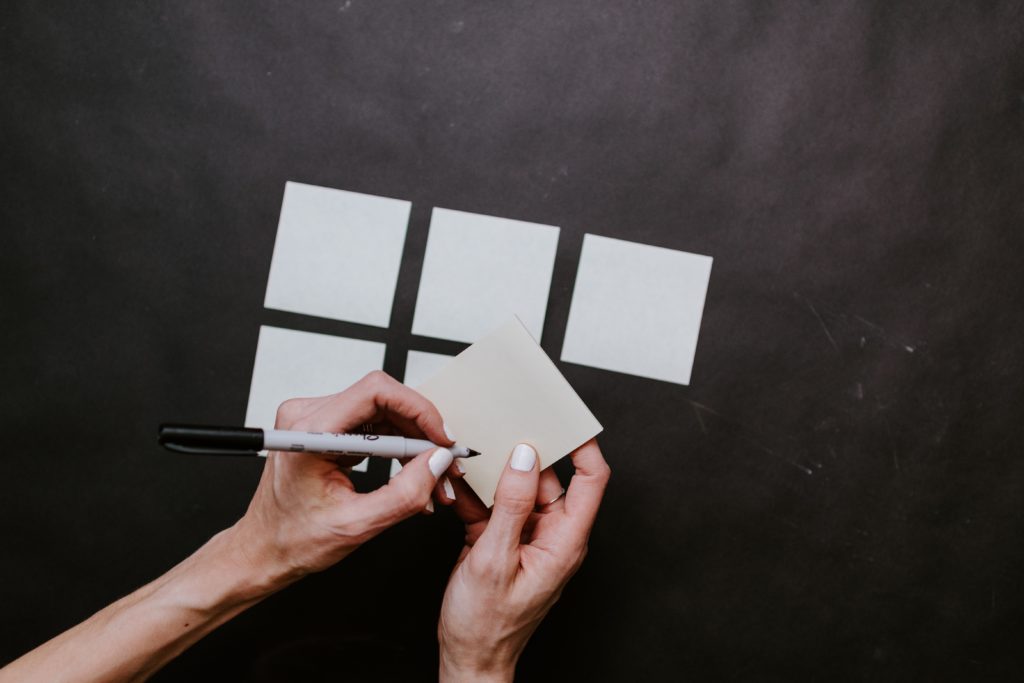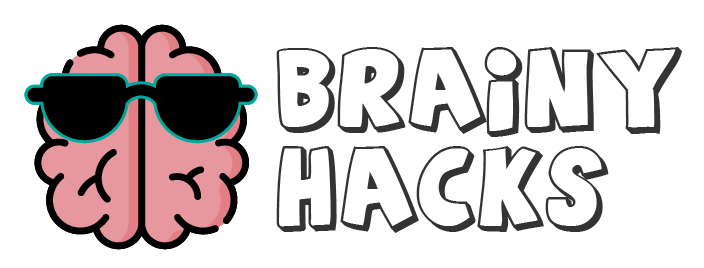There are proponents and detractors of rote memorization when it comes to learning. Research shows that it can be incredibly useful for foundational knowledge and recall. But critics aren’t fans of the method because it doesn’t demonstrate deep learning and comprehension. Whatever your stance, we’ve laid out the good, the bad, and the how-to so you can decide for yourself whether this is a learning tool you want to integrate into your study routine.
Table of Contents
What is rote memorization
Let’s start with the basics. Rote memory is defined as a technique for learning that involves repeating pieces of information over and over again until recalling it becomes almost automatic. Think back to learning your multiplication tables. You’d go over them many times until you knew almost immediately that the answer to 7 x 7 equals 49, or 5 fives are 25.
Rote memorization is great for mastering foundational learning. This applies to facts and theories, as well as terminology and definitions, techniques and methods, etc. Note that this is simply for learning the facts and does not necessarily mean there is an understanding of the concept – but we’ll get to that. This is why you may have heard rote learning being referred to as “parroting”.
How does rote memorization work?
A key factor to effective rote memorization is that the more you repeat the material, the quicker recall becomes. There are many ways you can repeat the material as well (in fact, the more varied your drills, the more you’ll use different parts of your brain, which is always a good thing). You can write vocabulary or keywords over and over, or practice spelling repeatedly. You can verbally list information, which is handy when needing to recall how to spell something, or list a series of information like places or names.
What are the downsides of rote memorization?
The biggest downside of rote memorization is linked to “parroting” we mentioned earlier. Rote memorization does not equal comprehension or the ability to analyze the facts that you’re repeating. So while it’s great for learning times tables or elements of the periodic table (you can even memorize the atomic weight for each one), it has its limitations because it won’t assist with complex subjects requiring sophisticated mental processes. To put it simply, you can rote memorize how to spell “geomorphic”, and even its definition, but your deep understanding of what it actually means may be lacking.
Another potential downside to rote memorization is that it doesn’t create strong links to the context, meaning, or one’s emotions. These are especially important for creating long-term memories with strong recall without the need for constant repetition. We’ve all heard stories about how a particular scent can stir up long-forgotten memories of a loved one instantly. That’s because of the aforementioned emotions and the meaning associated with it.
By contrast, when learning all the elements of the periodic table, you’ll quickly recall the information when presented with an external cue. But once the test is over and a few months or years have passed, recall from the same cue will not be as fast or as strong. Because let’s face it, no one’s emotionally attached to the atomic weight of argon, right? This is also why rote memorization is also associated with cramming before a test. It might assist you in the short term by getting a higher grade, but it does not help with deep learning in the long run.
There is, of course, always an exception, and that lies with certain neurodivergent individuals, such as those with autism or Asperger’s syndrome. These people can recall large lists of many different things (depending on where their interests and strengths lie) accurately and for long periods of time. For example, in 2004, Daniel Tammet, who has autism, was able to recite over 22,000 digits of pi.
How to use rote memory better
Rote memorization definitely has its uses and benefits and is still a valuable learning technique to have in your study routine. So how can you best use rote memorization?
Let’s start with Flashcards

A flashcard is simply a piece of paper or card (or even a digital version of it) that bears information on both sides. Typically, one side will have a question, which acts as your cue, and the other side has the answer that you memorize. Flashcards are great for learning dates, vocabulary, definitions, formulas, and facts. Basically, any information that can be recalled through a question-and-answer format will work for this method.
The reason flashcards work is because they use what is called the testing effect. Through proper testing and spacing, learning can actually be accelerated – which means more efficient use of your revision time. With the testing effect, the mental process of active recall is engaged.
One of the best ways to use flashcards is to use the Leitner system, which was developed by Sebastian Leitner, a German science journalist, in the 70s. This is where you create a deck of flashcards and separate them into a frequently correctly answered box and frequently incorrectly answered box as you review them. This ensures that you spend more time reviewing the information you get incorrect. Check out the video below to learn more about how to use this method.
Using Outlines for Rote Memorization
The next technique you can use to get the most out of rote memorization is called outlines or lists. Simply put, an outline is a list arranged in a hierarchy, like a tree, to show relationships between information using sentences and terms. Like a tree, an outline can be divided further and further into sub-items or sub-sections.
Outlines are great for summarizing knowledge of a field or creating a draft for a document. If you know you’ll need to write an essay and want to ensure you remember how to organize all the information, then an outline will work great in this application. Check out this explainer on how to make an outline that actually works. Once you’ve created your outline properly, go ahead and get it down in the rote memory so that when you’re sitting your exam, you can recall the structure easily and let the information flow.
Using Mnemonic Devices for Rote Memorization
Mnemonic devices are a powerful learning tool, which we’ll delve into in much more detail. The cliff notes of a mnemonic device is using cues, encoding, images, etc, that aid information retrieval through efficient storage and better retention.
The most commonly used mnemonic devices are acronyms or memorable phrases. The idea is to make the information more relatable (this touches on the emotional connection we mentioned earlier). Let’s take a look at some of them.
The first takes advantage of music. Think back to the time you were small and learned nursery rhymes and the alphabet. Creating jingles with catchy or humorous lyrics will help you remember key information. If you’re not the singing sort, a poem works just as well – this is called ode mnemonics.
The second uses names or words as a means to recall lists. Each letter in the word represents the first letter of each item in the list. A really common example is ROYGBIV for recalling the order and colors in a rainbow: Red, Orange, Yellow, Green, Blue, Indigo, Violet.
If nonsense words don’t work for you, try expressions, such as Betty Eats Carrots And Uncle Sells Eggs to remember the spelling for “because”.
Model and Image mnemonics use visuals to cue information. These are great for memorizing diagrams, graphs, or flowcharts.
And back to flashcards and outlines 🙂 these take advantage of note organization mnemonics.
Then, there’s visualization mnemonics, which involve creating an imagined space and creating associations with information within that space. You may have heard of the method of loci. Rather than go into detail here, check out our article on using the method of loci.
Wrapping up
We hope you’ve learned a little more about the pros and cons of rote memorization and the different methods you can use to integrate it into your study routine. While we love analog learning because it uses the whole body and different parts of the brain, we also know that we’re living in a digital world and there are loads of amazing online resources for you to try. Check out our suggestions below for each of the different ways of incorporating rote memorization into your study routine.
To make your own flashcards, try Canva. If you want a combination of making your own flashcards and accessing a library of other questions, try Brainscape, Quizlet, or Cram.
For outliners, check out Omnioutliner, OutlinerofGiants, or simply create your own using pen and paper, or document software using the list feature.
If you want to give mnemonics a try, check out these online resources: Mnemonic Generator, Spacefem, or The Mnemonicizer.
If you enjoyed learning more about how rote memory works, why not take a deep dive into understanding How We Learn where we explore the development of the brain, memory, and environmental factors that significantly impact learning.
References
- “Human Memory: Theory and Practice”, Alan D. Baddeley, 1997
- So lernt man lernen. Der Weg zum Erfolg (How to learn to learn), Freiburg i. Br. 1972/2003, ISBN 3-451-05060-9
- “Developing an Outline”. Purdue Online Writing Lab. Purdue University. 2011. Retrieved 2011-10-20.
- “Mnemonics” https://en.wikipedia.org/wiki/Mnemonic
- “8.1 How Memory Functions – Psychology | OpenStax”. openstax.org. Retrieved 2021-06-20.

